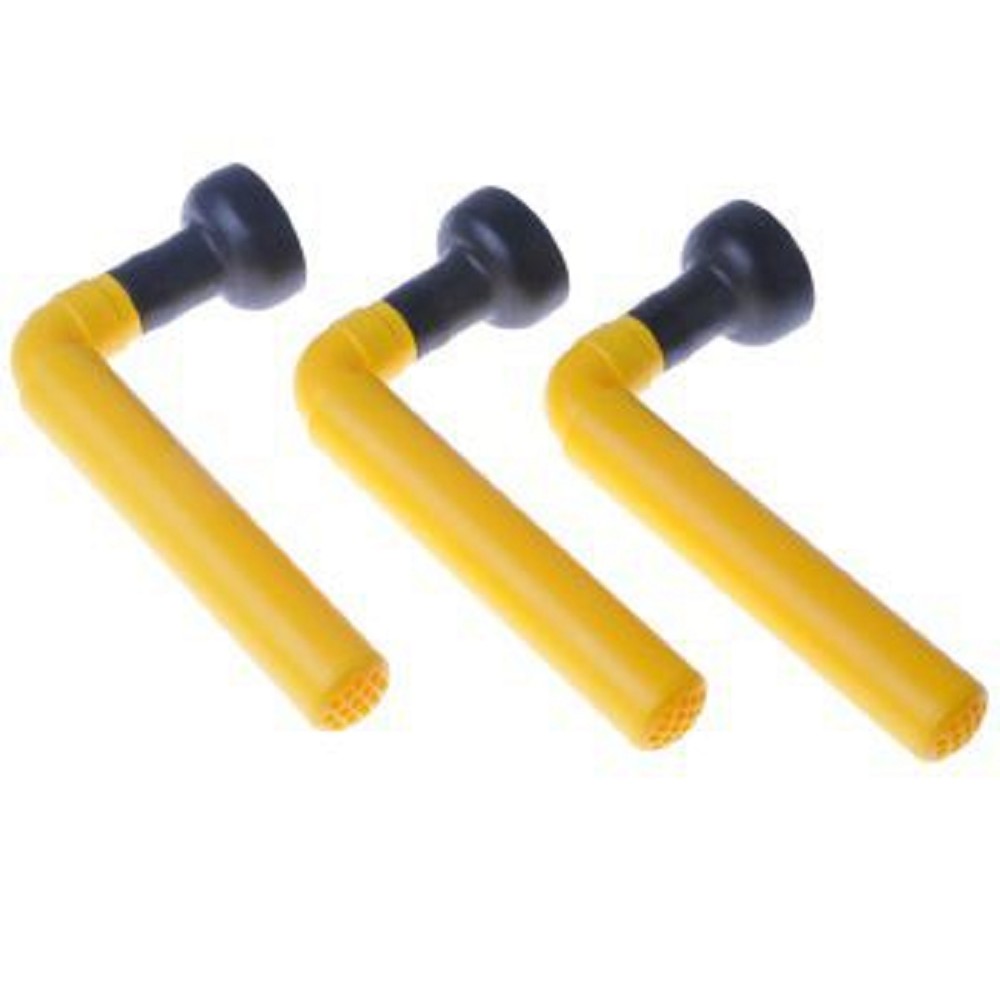inkl. Mwst: 132,30 €* exkl. Mwst: 111,18 €
Sofort verfügbar, Lieferzeit: auf Lager
Produktinformationen "HR Moisture Control System MCS5 with Filters"
MCS5 Moisture Control System mit HELIX 180 Filtertuch
Wir präsentieren das MCS5 Feuchtigkeitskontrollsystem, jetzt mit dem HELIX 180 Filtertuch. Dieses fortschrittliche System wurde entwickelt, um Feuchtigkeit zu entfernen, bevor sie deine Drohnenrohre erreicht, und sorgt so für optimale Leistung und Langlebigkeit deines Instruments.
Hauptmerkmale:
- HELIX 180 Filtertuch: Das weltweit atmungsaktivste, multifunktionale Luftfiltertuch, hergestellt aus natürlicher Merinowolle. Es fängt 99% der Partikel und Viren, die größer als 0,3 Mikrometer sind, einschließlich luftgetragener Viren wie Coronavirus, ab.
- Natürlich und nachhaltig: Der HELIX-Filter wird aus neuseeländischer Wolle hergestellt, die umweltfreundlich, von Natur aus resistent gegen Bakterien und hervorragend feuchtigkeitsableitend ist.
- Verbesserte Klangqualität: Durch das Herausfiltern von schädlichen Partikeln und Viren sorgt das MCS5 nicht nur für Sicherheit, sondern verbessert auch die Klarheit des Klangs deines Instruments.
Vorteile:
- Leicht und nicht sperrig: Das MCS5 sitzt oben im Beutel und ist einfach zu installieren, zu entfernen und zu warten.
- Konsistenz und Stabilität: Das System sorgt für einen gleichmäßigen Luftdruck zur Drohne, hält die Rohrblätter trockener und deine Dudelsäcke länger gestimmt.
- Abnehmbare Drohnenventile: Ausgestattet mit einstellbaren Schnellstopp-Drohnenventilen zur Regulierung des Luftstroms, die bei Bedarf entfernt werden können.
Mit dem MCS5 Feuchtigkeitskontrollsystem können Dudelsackspieler mit Vertrauen spielen, in dem Wissen, dass ihre Leistung verbessert und ihr Publikum sicher ist.
YouTube
Simply insert the wool filter cloth into the L-joint (onto the grill) before you play. Make sure all the holes in the grill are covered to prevent air entering the drone without first passing through the filter cloth. The cloth is very breathable and absorbent.
After playing, remove the cloth, lay it flat and allow to dry naturally. Ensure there is not too much direct heat as this could result in a little shrinkage.
Washing should be kept to a minimum. If you know you do not have a virus washing the cloth once a week is probably sufficient along with cleaning the complete system. If you have or suspect having a cold or virus you should take the precautions of sanitising after each use. If possible, put the tube and filter out in the sun to dry. Sunlight is known to kill bacteria and viruses.
If you need to wash the cloth, use the wash bag provided. It can be washed in a normal washing machine (gentle cycle) setting. Treat these filters like your most beloved wool sweater. Never expose them to too much direct heat (like in a clothes dryer) and allow to dry naturally. A set of spare cloths is also provided. All viruses that are transmitted in the air thrive on moisture. Pipers, when using this cloth, can play with every confidence – and their audience can enjoy the performance too, safe in the knowledge that viruses are filtered out to greatly reduce any virus transmission while the piper plays. In addition to filtering out viruses and particles, the clean air also results in more clarity in the overall sound of the instrument.
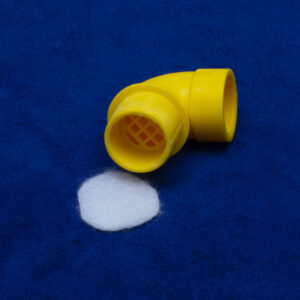
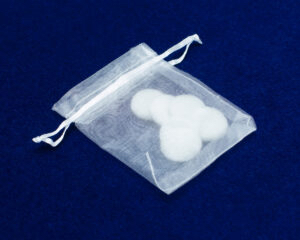
NOTE: After a playing session, it is imperative that you remove the Filter Clothes and allow them to dry naturally. This is to ensure the cloth dries completely enabling it to trap virus particles and reabsorb moisture.
Fitting the (MCS5) System:
1. Pull the stocks out through the collar on the bag. (Do not push the stocks back into the bag as this may tear the collars or the bag). Figure 1.
2. Fit the rubber cup into the groove at the bottom of the drone stock; if necessary tape to secure a good fit. Figure 2.
3. Re-fit the stocks as normal, pushing through from the inside of the bag until the rubber cup rests against the collar. (See your bag manufacturer’s recommended instructions for refitting the stocks.) Figure 3.
4. Insert the complete MCS5 unit (cartridge and connector) into the rubber cup, pushing firmly home. Figure 3.
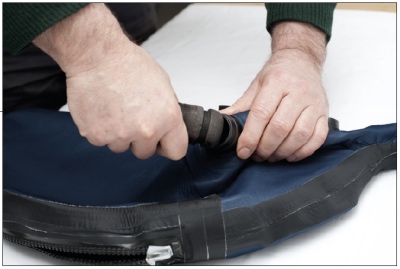
Figure 1
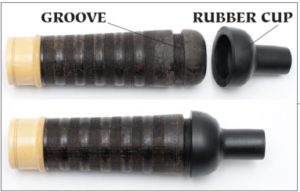
Figure 2
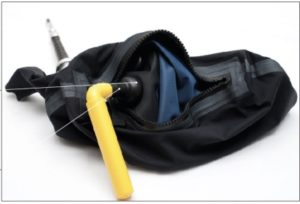
Figure 3
Alternate Method of Fitting (not using the Rubber Cup)
1. To install the connector to the bottom of the drone stocks, through the zip in the pipe bag. To do this, apply an even wrapping of waxed hemp to the entire threaded portion of the connector. Test the fit as you wrap by inserting the connector into the bottom of the drone stock, adding waxed hemp until there is a secure fit. When correctly installed, only the plastic end with 2 O-rings should be visible.
2. Then insert the cartridge firmly onto the connector.

Alternate Method of Fitting
Drone Valves
These Highland Reeds drone valves are designed to give you greater control over your bagpipe by regulating the consistency of airflow to your drone reeds and ensuring clean and easy strike-ins and cut-offs. They are situated within the connector and are easy to remove if not required. The unique, easy to adjust screw valve enables small, fine adjustments to the air flow to the drones. This is far superior to the elastic variety as those valves fluctuate with uneven pressure (bad blowing) and have to be removed to make adjustments.
The drone valves come preset for medium strength pressure. However, you may need to adjust the tension on the valve to suit your blowing strength. The screw can be adjusted down the drone stock using a long screwdriver making it very easy to set the required pressure. You will have to experiment to get the balance that suits the general strength of your bagpipe.
One way of finding the correct pressure for you is to close the valve clockwise so no air is coming through. Then release anti-clockwise the pressure in small increments until you obtain your ideal/optimum pressure.
Turning the screw clockwise will increase the tension on the valve giving you a more effective strike-in and cut-off but a more mellow drone sound.
Turning the screw anti-clockwise will decrease the tension on the valve resulting in freer airflow and greater volume but less effective strike-ins and cut-offs.
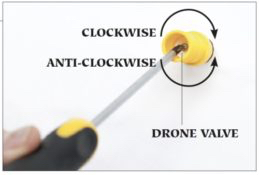
Adjust Valves
Removing
Should you wish to remove the valve, use the white tube to push the valve out of the connector as shown.
Re-fitting
If you need to re-fit the valve, use the white tube to push the valve into the connector as shown.
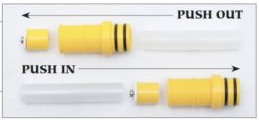
Remove and Re-fitting Valves
Cartridge and Granules
When you start to get a build up of moisture on your drone reeds, it is time to change or dry your granules.
The amount of playing time you get from your system will depend largely on the climatic conditions you are playing in and how wet of blower you are. The cartridge contains silica granules. Silica is tough and hard and drinks up moisture by attracting and holding water molecules in its pores. Even when saturated with absorbed moisture, silica granules look and feel dry to the touch however you may notice an increase in their weight. Silica can absorb about 40% of its weight in moisture. Once the granules are saturated, you can get rid of the moisture by drying or regenerating them.
Drying
The system should always be removed from the bagpipes before placing into the pipe case.
An easy way to dry the system after playing is to place the cartridges still filled with granules onto or near a heat source (e.g., a radiator or drying cupboard) and leave for a considerable amount of time until the granules are dry. Then store appropriately. If this method is used regularly the granules will stay in a good condition. It might however become necessary to completely regenerate the granules occasionally using the method below.
NOTE: After a playing session, it is imperative that you remove the Filter Clothes and allow them to dry naturally. This is to ensure the cloth dries completely enabling it to trap virus particles and reabsorb moisture.
Granule Regeneration
Regeneration is achieved by heating the silica granules to drive off the absorbed water as steam. For greatest efficiency of regeneration, expose as much surface area of the granules as possible.
Put a thin layer on a metal or glass (1/4” Pyrex) tray and heat them at 250-280 degrees Fahrenheit or 150-160 degrees Celsius. (Use a tray specifically designated for the granules as they may absorb residues from baking or cooking trays.) Depending on how wet
YouTube
Zubehör
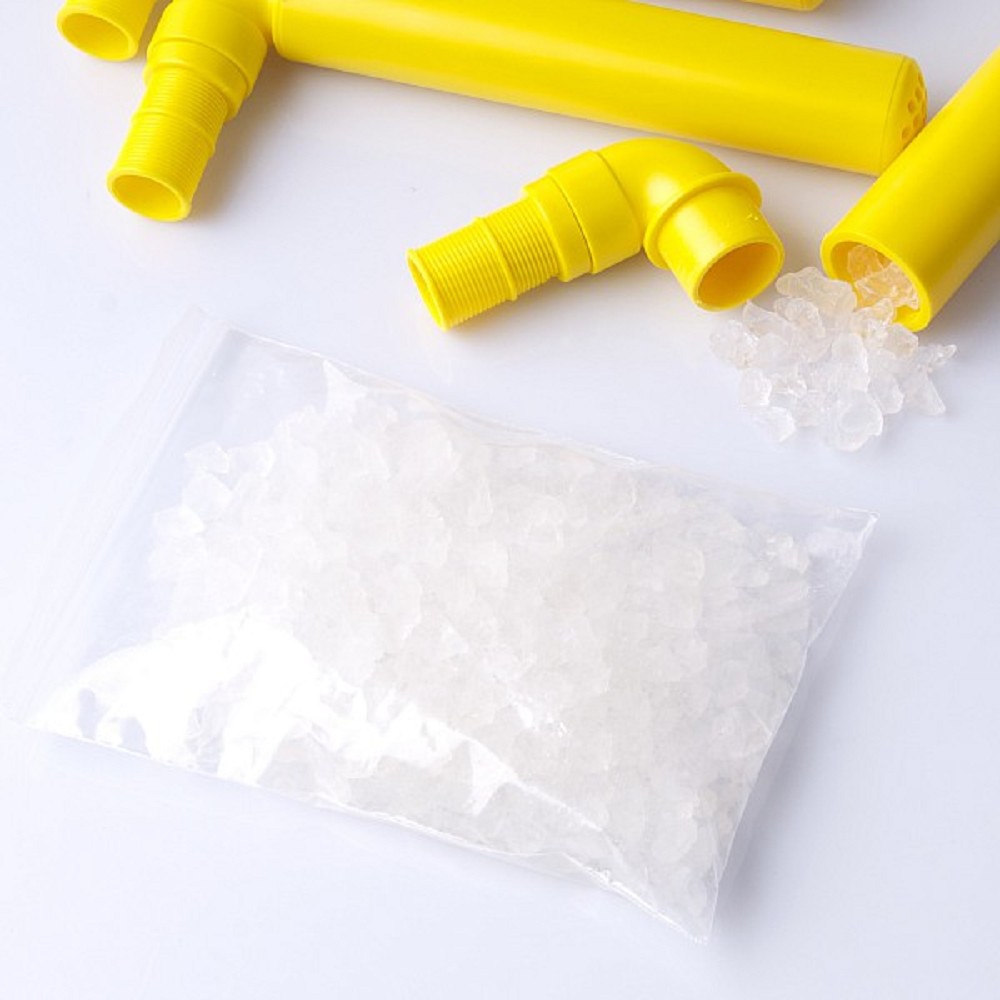
Ersatz Gel für das Highland Reeds MCSII Moisture Control SystemAusreichend für drei Kartuschen.(nicht im Lieferung enthalten)
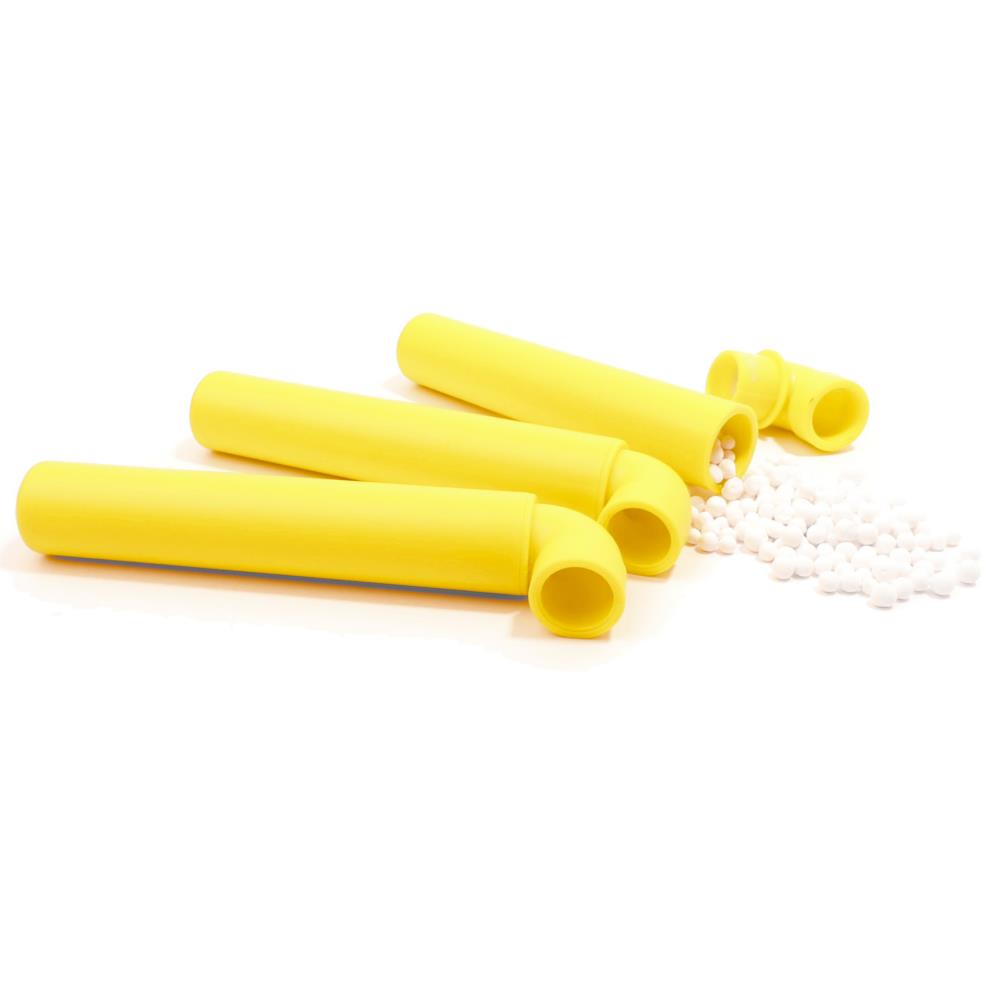
Activated Alumina – Premium-Trocknungsmittel für die Feuchtigkeitskontrolle im DudelsackUnsere leistungsstarken Aktiv-Aluminiumoxid-Perlen wurden speziell für eine effektive Feuchtigkeitsregulierung im Dudelsack entwickelt. Sie bieten eine hervorragende Alternative zu herkömmlichem Silicagel und überzeugen durch bessere Leistung und längere Haltbarkeit.Wichtige Eigenschaften:Überlegene Feuchtigkeitsaufnahme: Aktiviertes Aluminiumoxid besitzt eine höhere Feuchtigkeitsadsorptionskapazität als Silicagel und sorgt so für optimale Luftfeuchtigkeit im Instrument.Längere Haltbarkeit: Im Gegensatz zu Silicagel, das mit der Zeit zerbröckeln kann, behalten diese Perlen ihre Form und müssen seltener ausgetauscht werden.Weniger Staubentwicklung: Im Vergleich zu Silicagel entsteht deutlich weniger Staub, was die Gefahr von Beeinträchtigungen an den Blättern reduziert.Geringere Wärmeentwicklung: Bei der Feuchtigkeitsaufnahme entsteht weniger Hitze – das schützt empfindliche Bauteile wie das Chanterblatt.Längere Wartungsintervalle: Muss seltener getrocknet werden als Silicagel, was längere Wartungszyklen ermöglicht.Ungiftig und sicher: Frei von gefährlichen Zusatzstoffen wie Kobaltchlorid, das in manchen Silicagelen vorkommt – sicher für Mensch und Instrument.Kompatibilität:Geeignet für viele gängige Feuchtigkeitskontrollsysteme für Dudelsäcke, unter anderem:Ross Canister SystemBannatyne Moisture Control SystemHighland Reeds Moisture Control SystemShepherd Tone EnhancersProduktdetails:Verpackungseinheit: 500 gVerbrauch: In der Regel reichen 100–200 Gramm für eine vollständige Befüllung – ausreichend für mehrere Wartungszyklen.Verbessere deine Wartungsroutine mit unseren Aktiv-Aluminiumoxid-Perlen – für eine längere Lebensdauer und optimale Leistung deines Instruments.


